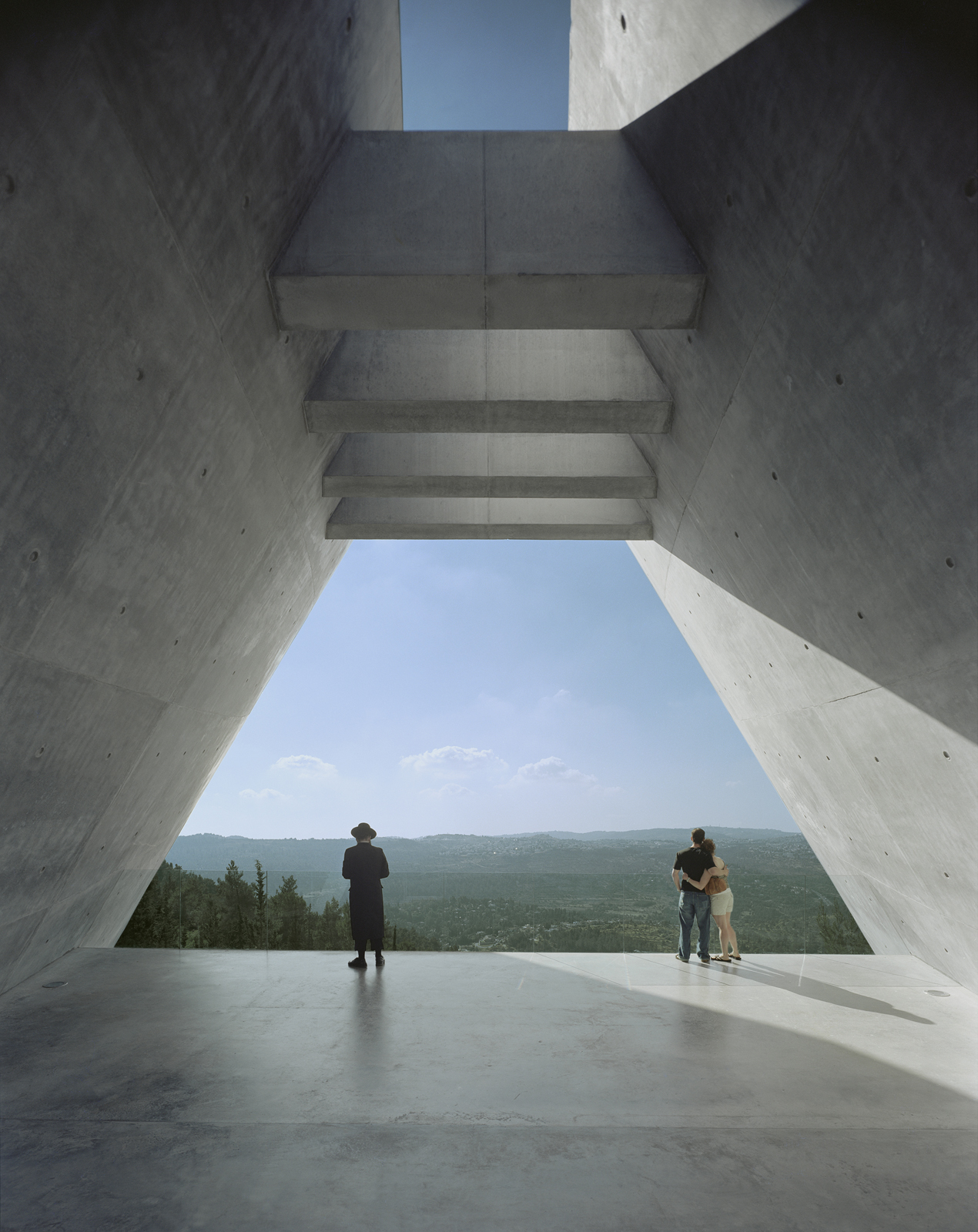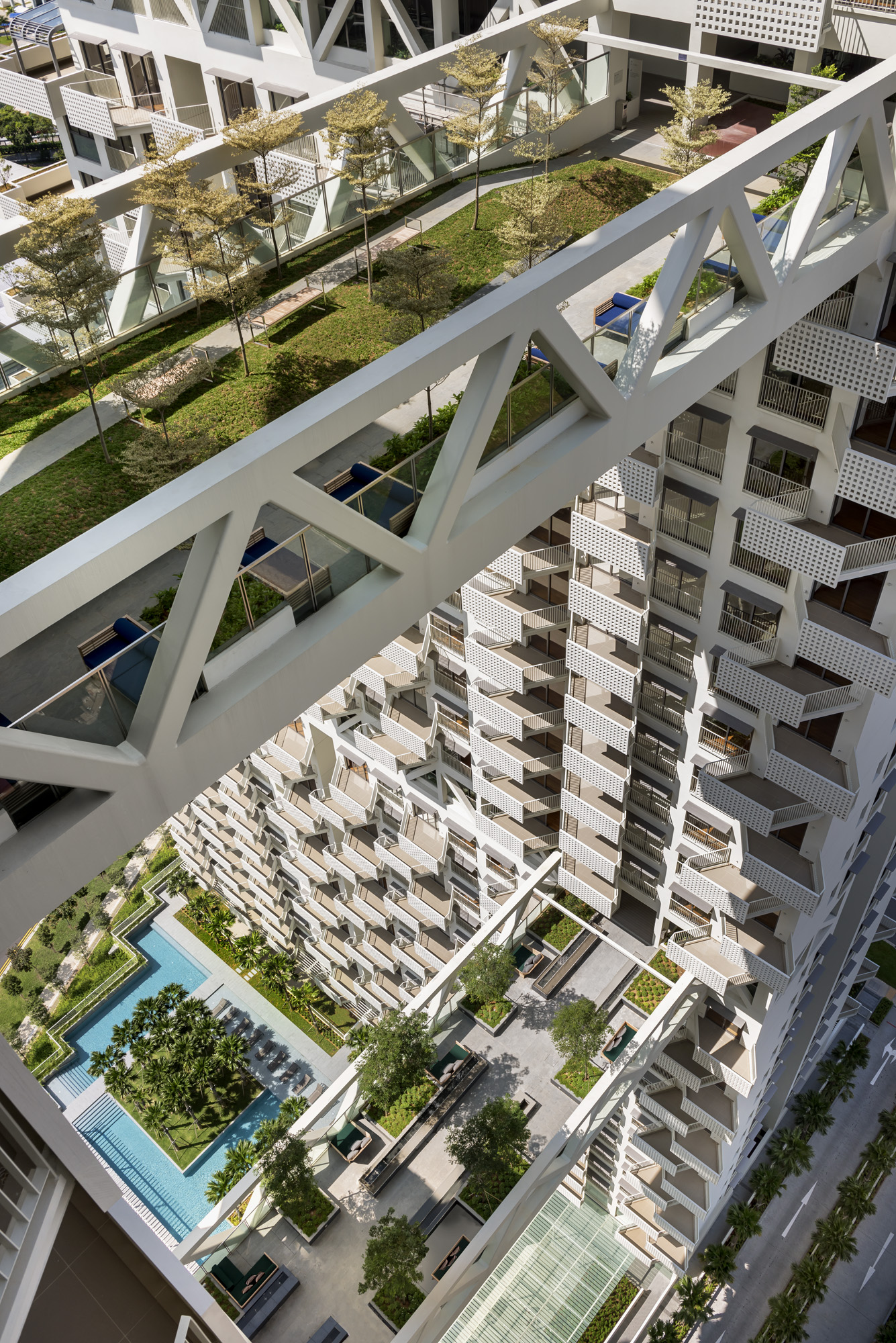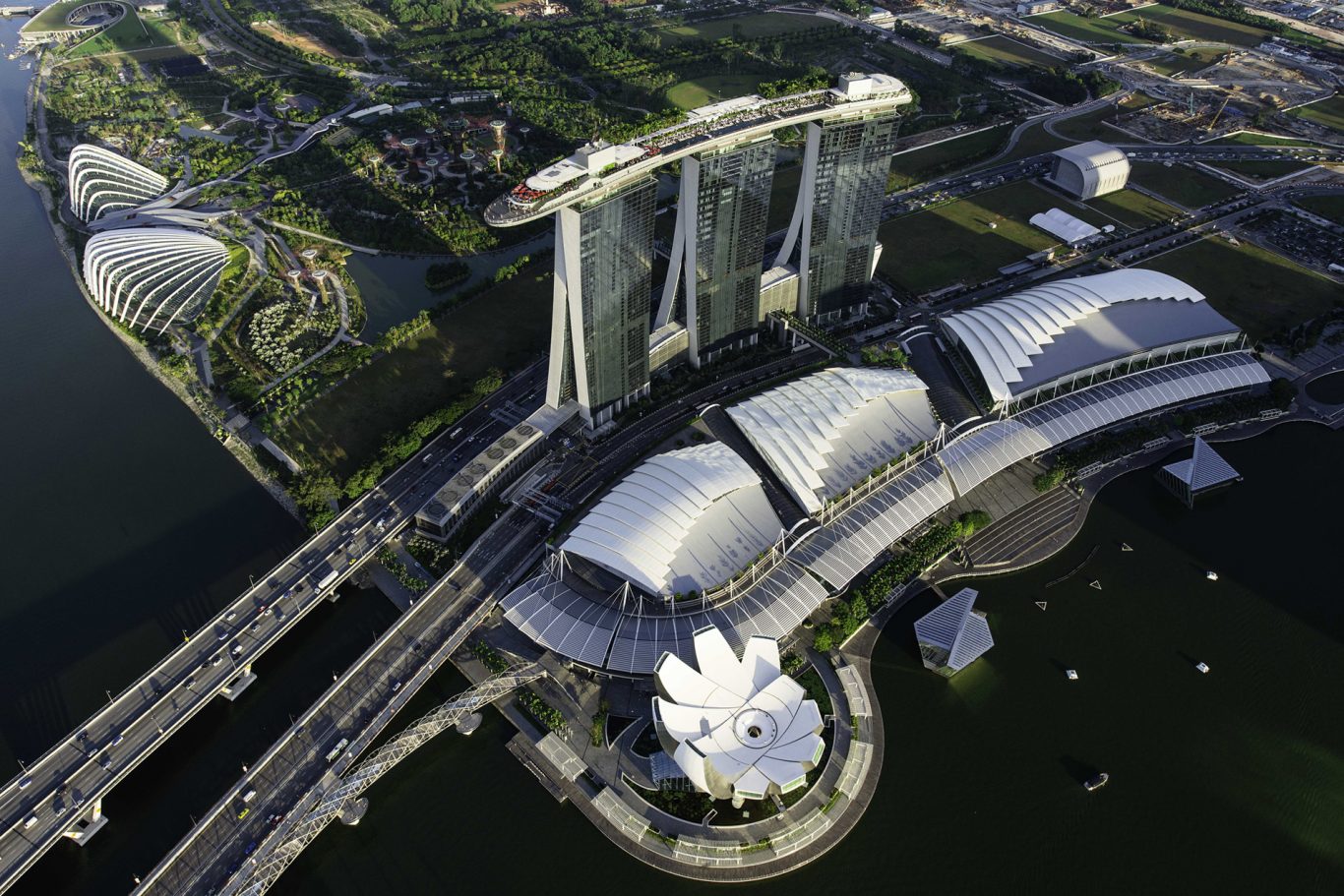With a career spanning over 50 years, Moshe Safdie has designed some truly extraordinary buildings across the globe. This post is the second part of a recent discussion that took place in the Gold Coast. To read from the start click here
Michael Smith – As an international architecture practice that works their teams across the globe, how important is the diversity of the team to getting the best outcomes?
Moshe Safdie – It’s always been diverse, partially because I draw on the universities. Cambridge draws students from all over the world. When I was teaching, my class would be like the United Nations and it continues to be so.
Of course, it is important to note that talent and skill and commitment to architecture is the most important, but diversity does bring a richness. What we find also is that with a diversity of nationalities in our office, we are able to build teams with expatriate nationals that bring their knowledge and language skills to the team in a very meaningful way, whether it is China, Korea or India.

Yad Vashem Holocaust History Museum, image by Timothy Hursley
Michael Smith – When it comes to mega scale, you’ve written that, “There is a point at which we should limit our densities.” How big is too big? How do we limit ourselves?
Moshe Safdie – I don’t think it’s a question with an easy answer, but I don’t think that question gets asked enough. Right now, the general tendency is to assume that the demand by the development industry is the most accurate indicator of optimal density.
For instance, I master planned the city of Modi’in in Israel and its town centre, and we limited development to five floors, because we wanted to create a basin, with the surrounding hills overlooking the centre. The buildings respect the street edge, and I didn’t think we needed to go higher.
Now, just a decade later, developers are claiming there’s much more demand, and the city’s yielding and changing the zoning.
Let’s call it the vicious cycle: developers insist there is more demand, and zoning density is increased. Land values immediately jump to reflect the new density. Land value is just a function of what you’re allowed to build on. If you reduced it by half, the land value will go down to a half. And so, in part, that land value is a function of what you allow on it. The need for density needs to be evaluated regionally. In Singapore, which is a small island- scarcity is real. Take, for example, a long-term study of the Shanghai region and project the population, evaluating densities, open spaces and dispersal options with the view to getting a reasonable density in terms of Floor Area Ratio (FAR).
For a while midtown Manhattan was 12 FAR. All the tricks in the world, which have to do with building rights transfer, bonuses for this and bonuses for that, shooting that density up to 18 FAR. The assumption is that not everybody’s realising their full rights, because if you take Manhattan and you take every parcel and you put FAR 18 on it, you get a ridiculous picture. It’s not sustainable.

SkyHabitat, View from Bridge to Ground image by Edward Hendricks
Michael Smith – Is there a city which you would describe as being the most forward thinking and progressive that you’ve worked in?
Moshe Safdie – In terms of planning and urban design, definitely Singapore. At the time that Teddy Kolleck was leading Jerusalem 30 years ago, the city had a pretty good city planning department. I think it’s a disaster now.
Singapore increasingly demonstrates the quality of people in the URA and their mandate to the public. Since much of the land is publicly owned, when they release it, they are also able to control what happens on it.
There was a period in the United States when there was some serious planning, but in the recent years the idea that ‘the market knows best’ prevailed in most American cities, and there’s hardly any serious urban design and planning going on that is anything more than managing the urban situation.
Michael Smith – One of the developments in architecture of the last 10 – 15 years has been the increase in parametric architecture and using the algorithms to define the shape of building elements. On the one hand, this might be seen as the pursuit of a natural beauty as evidenced in a sea shell or fern frond. On the other hand, it might be devoid of any local context. What is your view on the rise of parametric architecture?
Moshe Safdie – Like everything else, the use of algorithms for design is a tool. You can produce the most absurd formalisms, which has nothing to do with the purpose of the building or its structure and integrity. You can make it look very intriguing and very exciting, and maybe even at the superficial level, very beautiful, but it has no connection to its fundamental purpose. Or, you can take the same tools and start refining design to almost mimic the evolutionary process of natural selection and develop an architectural response more attuned to the needs and the building systems in a manner that results in great fitness to purpose.
It can do either of these things. Unfortunately, like any tool it can be easily manipulated. When we still drew by hand, we used to say that whoever has too good a hand has the risk of being fooled by the attractiveness of their own drawings. Both methods can produce really superficial architecture, which looks good because it can be presented so well, or wholesome buildings of timeless beauty.
The same is true with a computer. It’s a tool and it can fool you, and serve you.
Michael Smith – Final question, do you have an architectural hero?
Moshe Safdie – I would say that in terms of an architect, who I overlapped in my lifetime, it certainly would be Frank Lloyd Wright. As one of the most inventive and humane architects, in spite of the personal arrogance associated with him, he remained humble in the task of respecting nature.
I think Le Corbusier was a great propagandist, and at moments a brilliant sculptor, but in the long run, there were big distortions in his thinking. I respect Kahn a great deal. I think in many ways I’ve taken what he had to teach me and gone beyond it.
But I have to say that also I can’t talk about inspiration without talking about vernacular architecture, which is not architect-designed at all, and how it’s inspired me throughout my life. It goes back to a great exhibition of Bernard Rudovsky, “architecture without architects”, that was exhibited just as I was coming into architecture in the 1960s. Bernard Rudovsky, opened my eyes to how much there is to learn from the vernacular, which is truly evolutionary.
Michael Smith – Thank you for your time
Architecture is for everyone
Lead Image: Aerial View of Marina Bay Sands is courtesy Marina Bay Sands
Contact Us
Feel free to contact us with questions or feedback:
Latest Post
- A crisis of trust February 10, 2020
- The Square and the Park. October 28, 2019
- Fixing The Building Industry – A Wishlist September 12, 2019
- 2019 NATIONAL CONFERENCE DAY 2 June 24, 2019
- 2019 National Conference Day 1 June 22, 2019



Leave a Reply